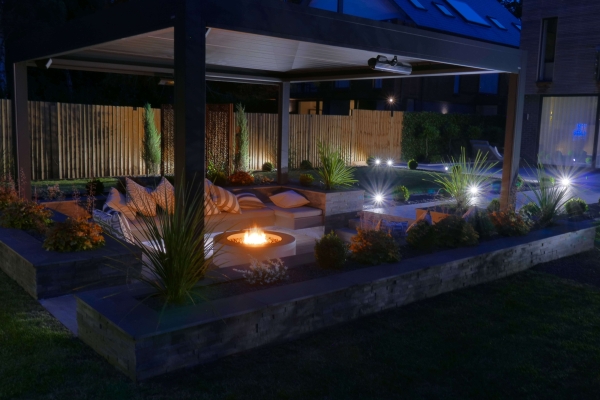
We were recently asked to comment on the above photo of a competitors awning about the waviness / rippling around the seams which the dealer had been advised by their supplier was a ‘natural characteristic’, so thought we would post this in depth article about this particular characteristic of awning fabrics that sometimes (when not advised at point of sale) gives cause for complaint, however, despite even the most advanced confectioning machinery and techniques cannot be eradicated.
Waviness / rippling occurs around both the seams (where the panels of fabric are joined) and along the side hems (where the fabric is folded on the sides) due to the arrangement of the made up awning fabric, with double layers / thicknesses of material where the fabric is joined (seams) and where it is folded (side hems). This results in the fabric assuming two different diameters around the rollertube.
The tension put on the fabric by the spring loaded folding arms causes the area where there are double thicknesses of material (seam, side hems) to press down harder on each other resulting in waviness / rippling immediately adjacent to the seams / side hems. This effect also occurs when water is allowed to gather on the fabric forming a trough of water in the material, along with use of the awning in windy conditions, which puts additional pressure and strain on the fabric seams and hems.
This particular characteristic is more noticeable on plain coloured awning fabrics with mid-dark fabrics including warm reds, royal blues, forest greens etc the most noticeable. Striped awning fabrics tend not to highlight this characteristic as much due to the varied colours of the stripes which ‘hide’ to a degree the waviness / rippling that does occur with all awning fabrics.




